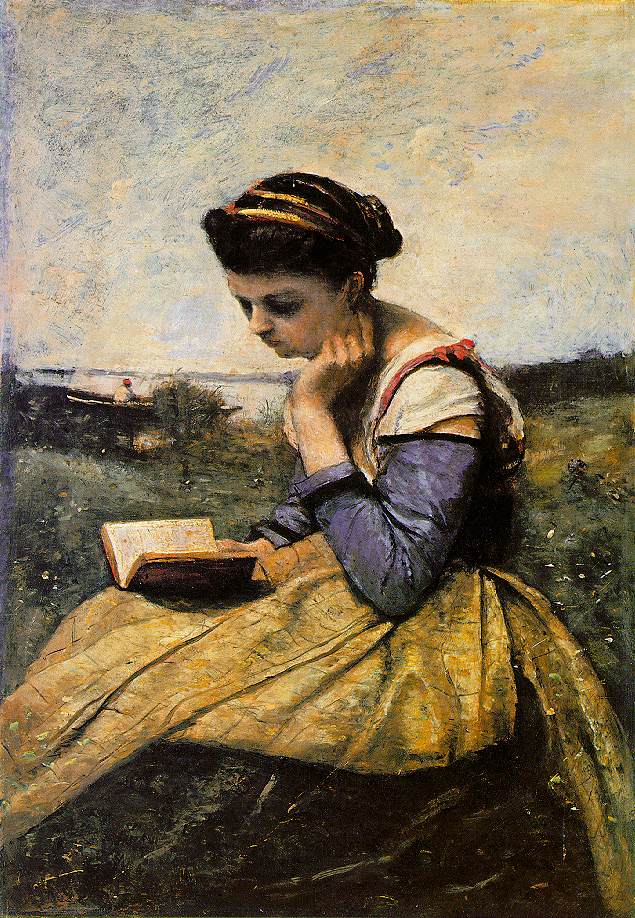I have done several blogs on Feng Shui and its accidental role in my life. This week I am delighted to have a practitioner in the subject as my guest, Michael Shnippering, who is far better qualified than I am to tell you how Feng Shui works!
In order to understand how Feng Shui works, it is crucial to understand chi. Chi is energy; chi is life force. There exists both positive and negative chi, or energy. Feng Shui is used to promote positive chi and subdue or remove negative chi.
However, there are also other, crucial concepts that form the foundations of Feng Shui. One of these is harmony. Harmony, balance, and symmetry are very important in Feng Shui as well. By improving chi flow, creating openings for chi to enter, and formulating spaces where harmony, beauty, and balance are abundant, Feng Shui works to make a home and the people who live there healthy, happy, and prosperous.
Because energy affects us on every level – physical, mental, emotional, and spiritual, by working with the energy and creating positive situations, Feng Shui helps us improve our lives. With Feng Shui, if you change the energy, you change your life.
Feng Shui is referred to as a science and an art. Some even call it magic. It is all three. For those who don’t believe in magic, simply open your understanding to define magic as a science we don’t yet understand. Because in the Western world, the study of energy is often considered to be “New Age”, there is a great deal of ignorance about it and people tend to negate what they do not understand.
In many other places and civilizations in the world, the study of energy has existed for thousands of years. Scientific experiments have proven that we have energy. Whether you call it chi, prana, or energy, it not only exists but plays an important role in our lives.
A doctor named Masuro Emoto did a study where he froze ice crystals. On some of the crystals he wrote the word “love”. On another set he wrote “Hate”. The ones marked “love” produced beautiful, symmetrical crystals. The others, marked “hate”, yielded deformed, lopsided, sickly-looking crystals. You can think of Feng Shui working for similar reasons.
Feng Shui works because like attracts like. When we attract positive energy into our homes, we attract positive energy to our bodies and the events that surrounds us. Certain elements in our homes may promote negative energy. This is often because they are disharmonious. For example, things that are dirty, broken, or ugly make us feel bad – we are picking up on the energy they emit and cause.
The ancient Chinese studied chi in great detail. They were able to discover how things in our physical world carry a certain kind of energy or cause a particular type of energy. They then translated this into a template for making a home harmonious,. In addition, they also used astrology and astronomy, for the positions of the planets, seasons, elements, and other aspect of nature also guide and shape their own energies.
The bottom line is – Feng Shui works. People have noticed the changes to their homes and lives.
BIO: Michael Schnippering is the founder of of Feng Shui at Work. He is committed to the true art and science of Feng Shui. Over the years his Feng Shui practice has taken him to various parts of the United States, Germany, France, Spain, Colombia and Argentina.
Visit Michael and his team at Feng Shui at Work
http://www.fengshuiatwork.com
Twitter: @fengshuiatwork
 Keen on romance, fantasy, crime, YA, literary, mainstream women's fiction? Contemporary or historical? Memoir, other nonfiction or poetry?
Keen on romance, fantasy, crime, YA, literary, mainstream women's fiction? Contemporary or historical? Memoir, other nonfiction or poetry?  Happy reading in 2012.
Happy reading in 2012.
























